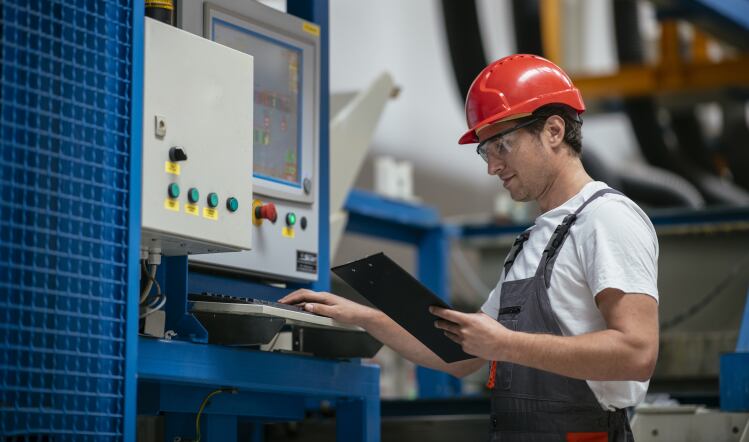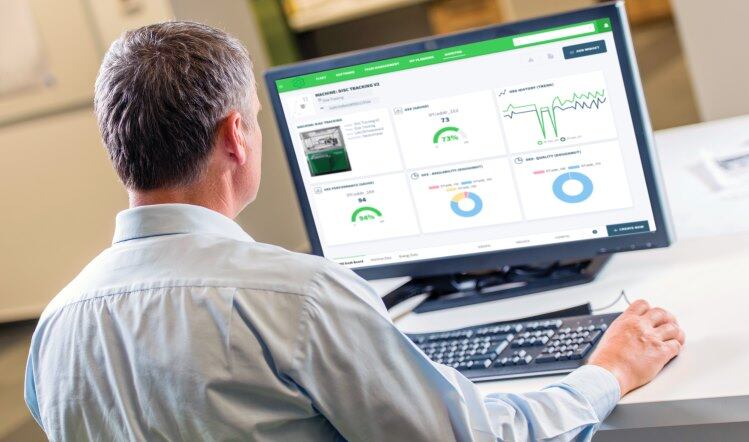The venture uses 3D scanning technology, called Herdvision, developed by tech provider Kingshay in partnership with the Centre for Machine Vision in the Bristol Robotics Lab at the University of the West of England, and AgsenZe.
The tool uses visual monitoring, data recording and automated intelligence to help farmers identify changes in their cows’ physical wellbeing, mobility and weight.
A 3D camera scans the animal as it passes below it. The image is captured as data, which is analysed by algorithms to report incremental changes in the key traits of body condition and mobility.
The system also removes the need for farmers to view conditions via the naked eye. Innovate UK provided the initial funding for the project.
Backed by Morrisons
Morrisons, which is backing the Arla UK 360 new farming standards model across its entire Arla milk supply, said Herdvision would support that.
Sophie Throup, senior agriculture manager at Morrisons, said: “Having organised trials for these tools to help Arla UK 360 farmers enhance their leading standards is a further demonstration of why we wanted to adopt the 360 standards in full for the farms that supply us.
“Our customers care about animal welfare, so to know these trials can improve the wellbeing of the animals supplying their milk is reassuring.”
Arthur Fearnell, elected Arla board member and one of the Arla farmer owners currently transitioning to the Arla UK 360 programme with the support of Morrisons, said: “Technology is providing new opportunities to further enhance animal health on-farm. Identifying early signs of change can have a positive impact ... from overall cow wellbeing, to better milk production, a reduced need for medication and increased fertility rates.”
Greater accuracy
While other scanning technologies are available, Herdvision did not require the cow to stand still, so was easier to use and gave much greater accuracy in the results, claimed Duncan Forbes, dairy research director at Kingshay. “Studies show that cows behave differently if they think they are being watched, affecting the way they walk or move,” he said.
“With artificial intelligence built in, this system will measure and identify changes based on each individual cow’s own health record.”
The Herdvision scanner is being trialled on 10 Arla UK 360 farms. Trials will continue until an evidence-based decision can be made about the benefits of the technology.




